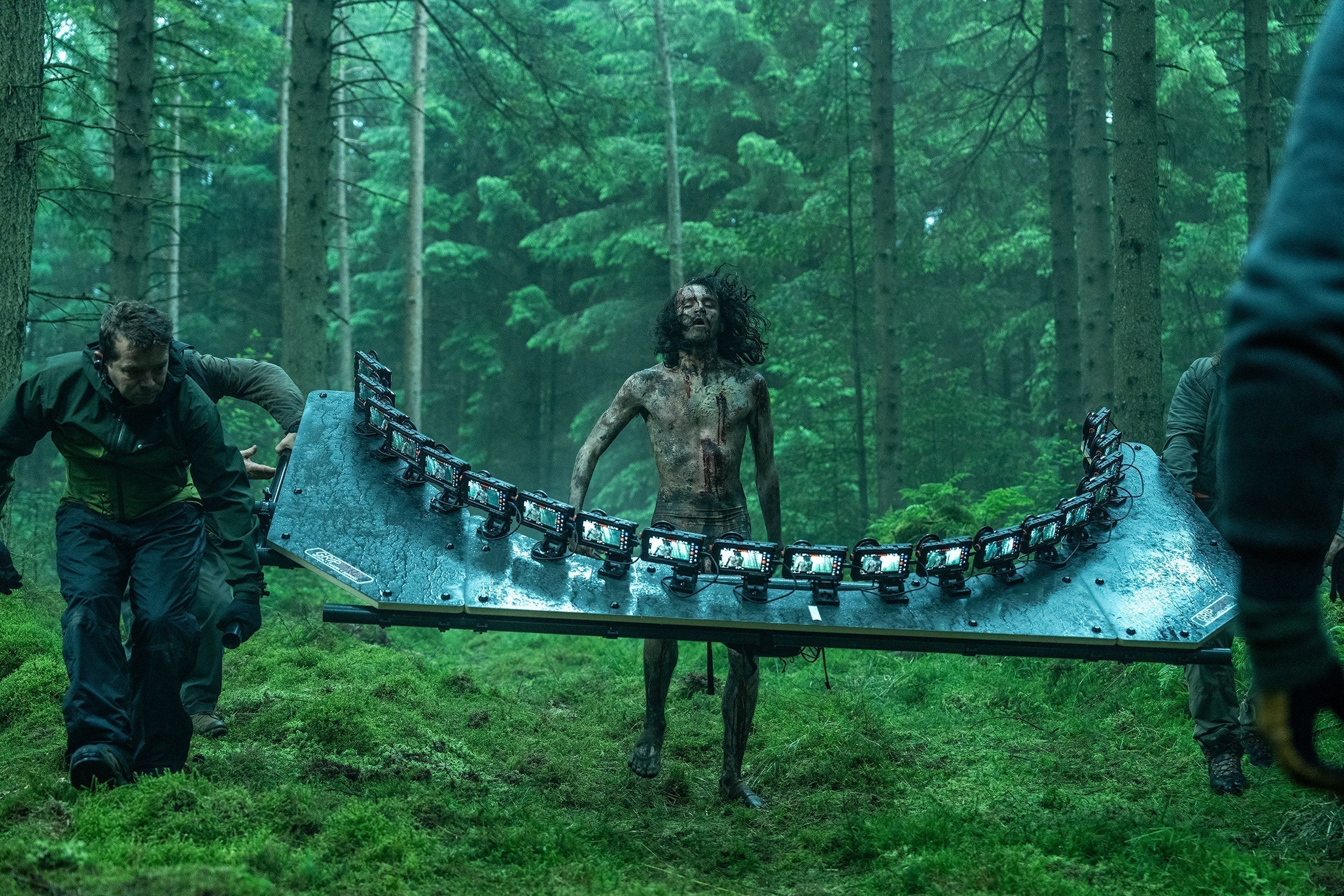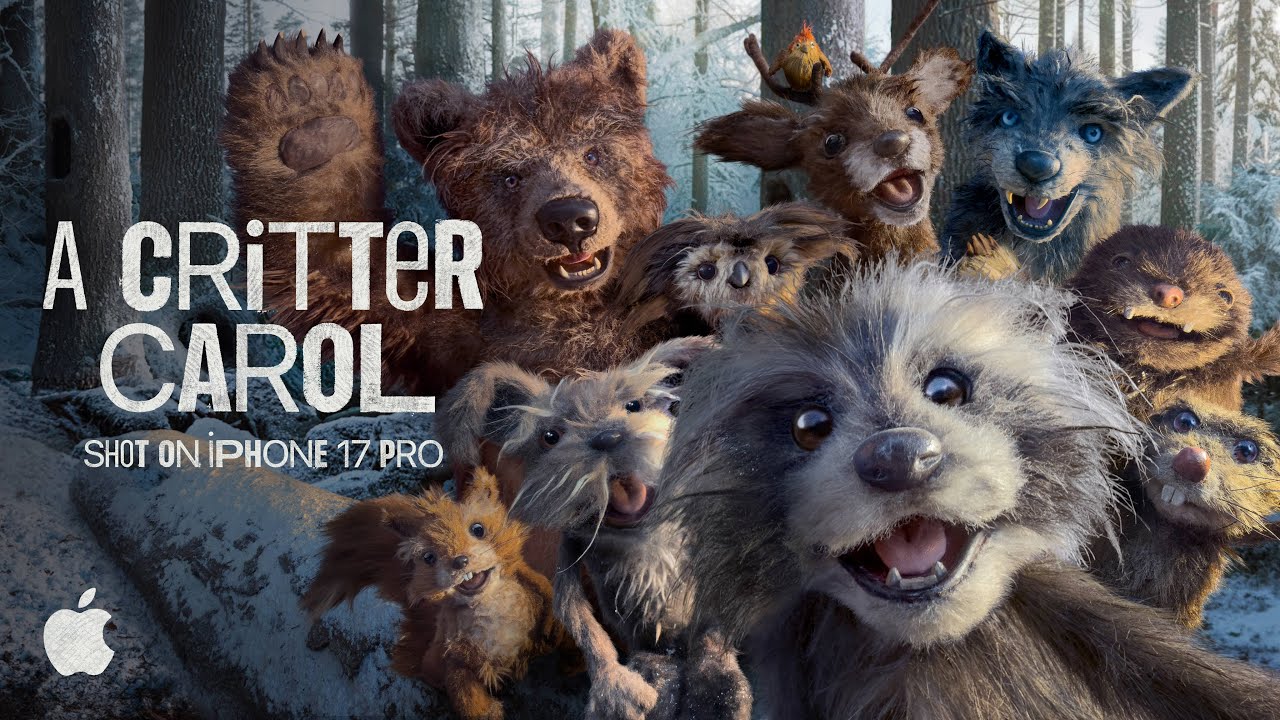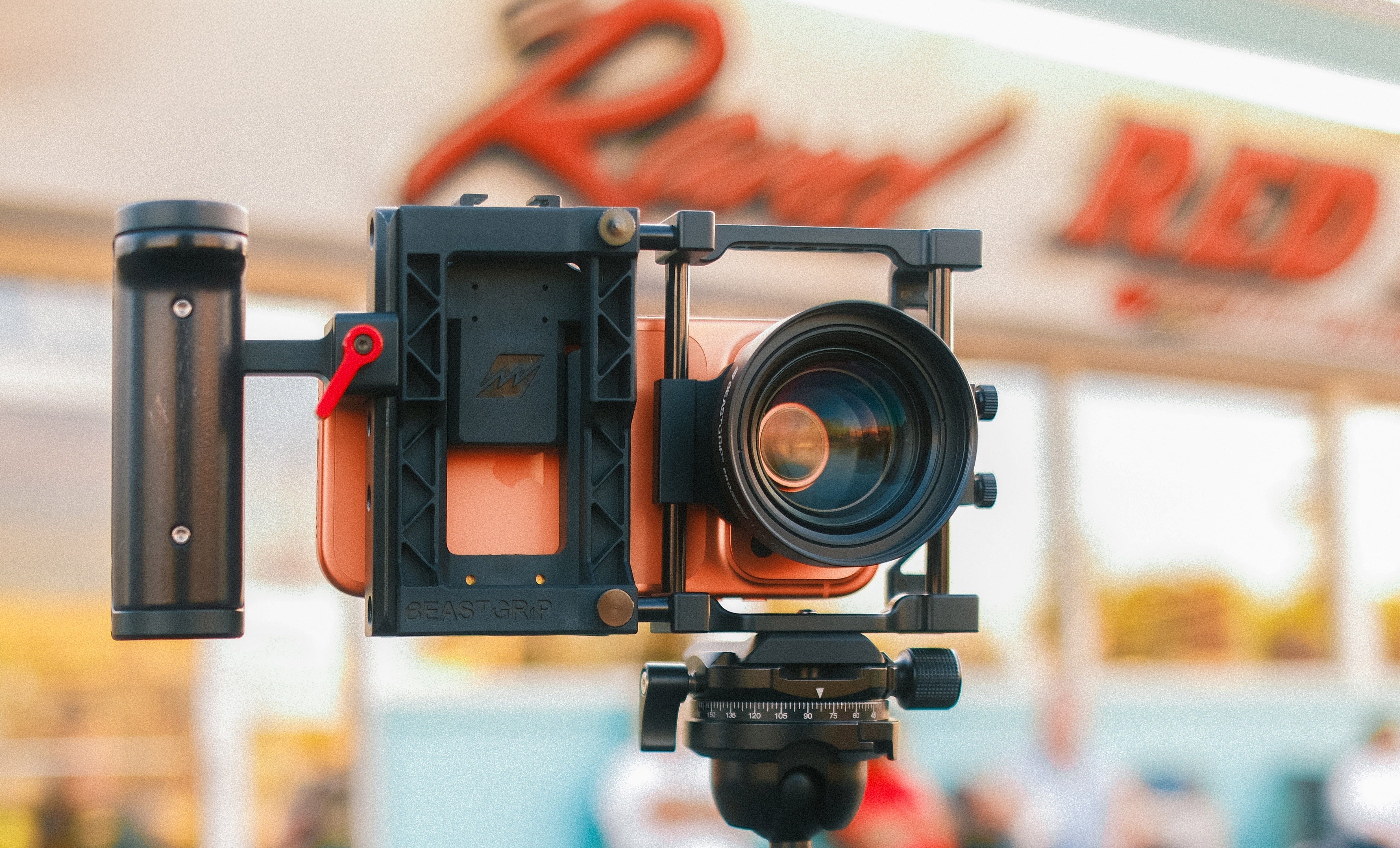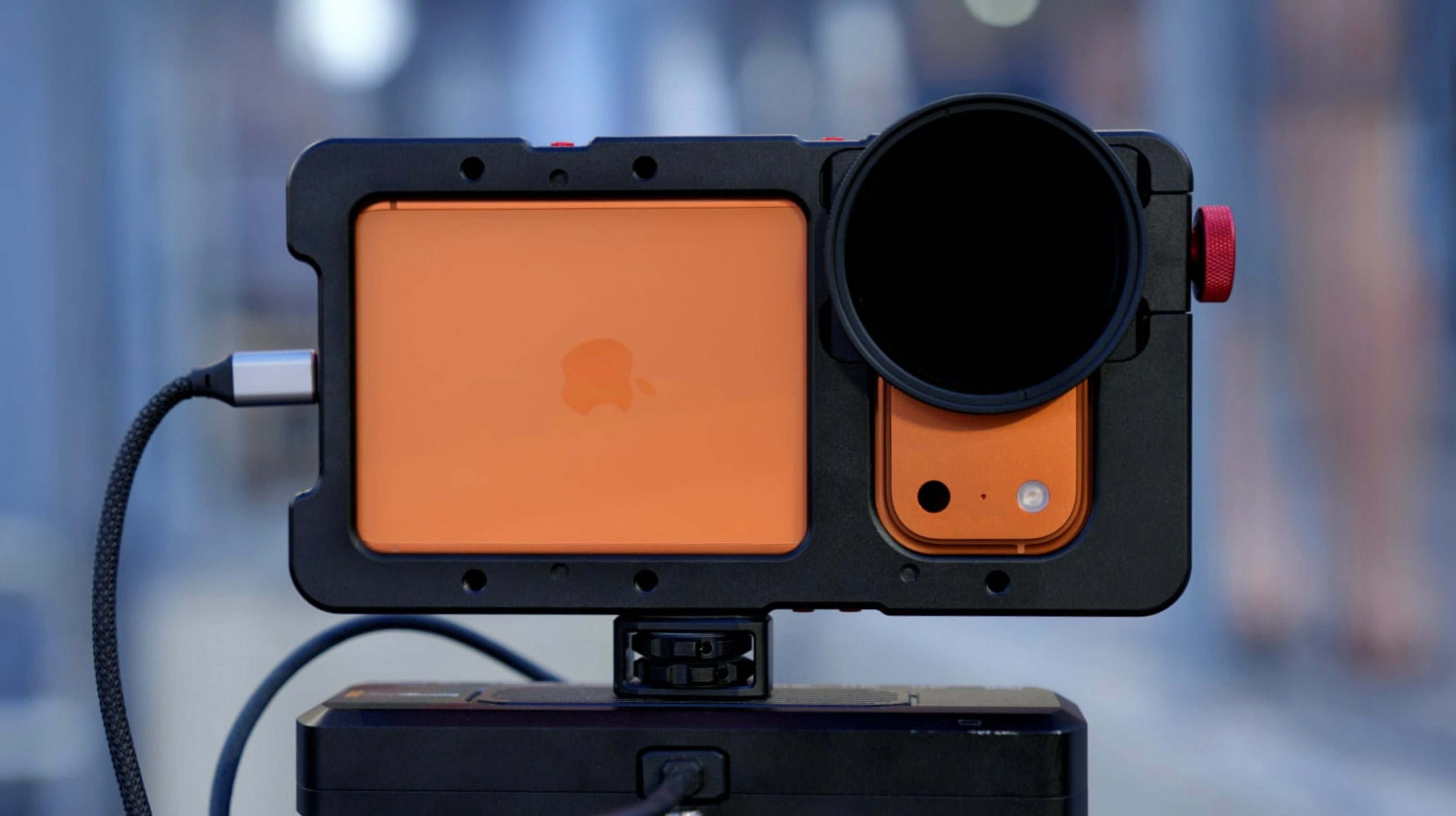28 Years Later: Danny Boyle’s Cinematic Sequel Unveils Beastgrip-Powered iPhone 15 Pro Rigs and BTS Magic
Nearly three decades after the genre-defining 28 Days Later, director Danny Boyle and writer Alex Garland reunite to push cinematic boundaries with 28 Years Later. Slated for release on June 20, 2025, this highly anticipated sequel blends gripping storytelling with cutting-edge smartphone filmmaking techniques, including extensive use of the iPhone 15 Pro series.
The film’s promotional campaign has already set the stage for massive anticipation. The first teaser trailer, released in December 2024, broke records as the most-watched horror trailer of 2024, amassing 60.2 million views within 24 hours and eventually reaching over 146 million global views, making it the second most-watched horror trailer of all time. Following this, the second official trailer, released in April 2025, has already surpassed 7.4 million views, further fueling excitement among fans. These trailers have not only captured global attention but also earned critical acclaim, winning Best in Show, Best Voice Over, and Most Original Trailer at the 2025 Golden Trailer Awards.
While a previous article by Wired had mentioned the use of Beastgrip gear in the production, it lacked clear visual confirmation. This time, however, the IGN feature provides highly detailed BTS shots that showcase the specific gear used, including the distinctive iPhone rigs with Beastgrip setups, bringing much-anticipated clarity and excitement for fans of mobile cinema innovation.
Pioneering Gear Configuration
Image credit: Sony
A standout image featured by IGN shows a rig comprising 20 iPhones, each housed in a Beastcage for iPhone, with what appears to be Beastgrip Anamorphic Lenses (based on the lens shape and widescreen aspect ratio visible in the Blackmagic app preview). These iPhones are arranged in a semicircular “bullet time” configuration, enabling a sweeping perspective for action sequences.
Boyle explained that this multi-camera rig is a "poor man's bullet time," allowing flexibility during filming. "There is an incredible shot in the second half [of the film] where we use the 20-rig camera," Boyle said. "It’s quite graphic, but it’s a wonderful shot that uses that technique, and in a startling way that kind of kicks you into a new world rather than thinking you’ve seen it before."
 Image credit: Sony
Image credit: Sony
Another BTS shot depicts a crane-mounted setup using iPhones to capture a dramatic water scene. It’s worth noting that some rigs, as clearly visible in the production images, pair an Atlas Mercury Series lens with an iPhone 15 Pro, further underscoring the hybrid nature of the gear used.
Professional Equipment Meets iPhone Innovation
 Image credit: Sony
Image credit: Sony
The BTS content highlights a creative mix of Beastcage for iPhone 15 Pro combined with DOF Adapter MK3 (custom retrofitted for PL mount), Beastrail Support, and paired with an Atlas 72mm Mercury Series, showcasing a blend of smartphone flexibility and cinema-quality optics. Strada used a similar setup in their YouTube video, which also featured the DOF Adapter MK3, Mercury lenses, and custom PL mount adaptations.
We’ve also utilized Mercury lenses with our concept PL DOF Adapter Фoton during the production of the O2 film in collaboration with Evotime Films, Old Fast Glass, and Atlas. The Mercury lenses are known for delivering rich, cinematic visuals with distinctive anamorphic characteristics, offering exceptional bokeh and organic flares. Their unique optical quality enhances storytelling by adding depth and texture, giving even smartphone setups the power to evoke big-screen aesthetics.
IGN reports that the crew utilized an impressive 2.76:1 widescreen aspect ratio, an unusual choice typically reserved for epic formats like IMAX or Ultra Panavision 70mm, to deliver an immersive feel to audiences.
 Image credit: Sony
Image credit: Sony
Boyle and Garland’s decision to shoot with iPhones stems from the ethos of 28 Days Later, which used digital video for its raw, immediate feel. Boyle remarked, "Since domestic video cameras were everywhere at that time [in 2002], if an apocalypse did happen, there would be low-fi recordings of the horrors lying around everywhere. Taking that idea 28 years later, the iPhone was, of course, the now-ubiquitous version of 2002’s camcorder."
A Cinematic Return of the Infected
With a stellar cast including Jodie Comer, Aaron Taylor-Johnson, and Ralph Fiennes, 28 Years Later is set to captivate audiences with both its gripping story and technical achievements. The film’s approach melds traditional filmmaking with mobile cinema innovation, offering an exciting glimpse into the future of hybrid production techniques.

Image credit: Sony






Share:
New Arca-Swiss-style Plate and New Handle Mounts for iPhone 16 Beastcages: Build Your Ultimate Camera Rig with iPhone 16 Pro Series
Making of Apple’s New "Big Man" Short Film with Beastgrip Gear